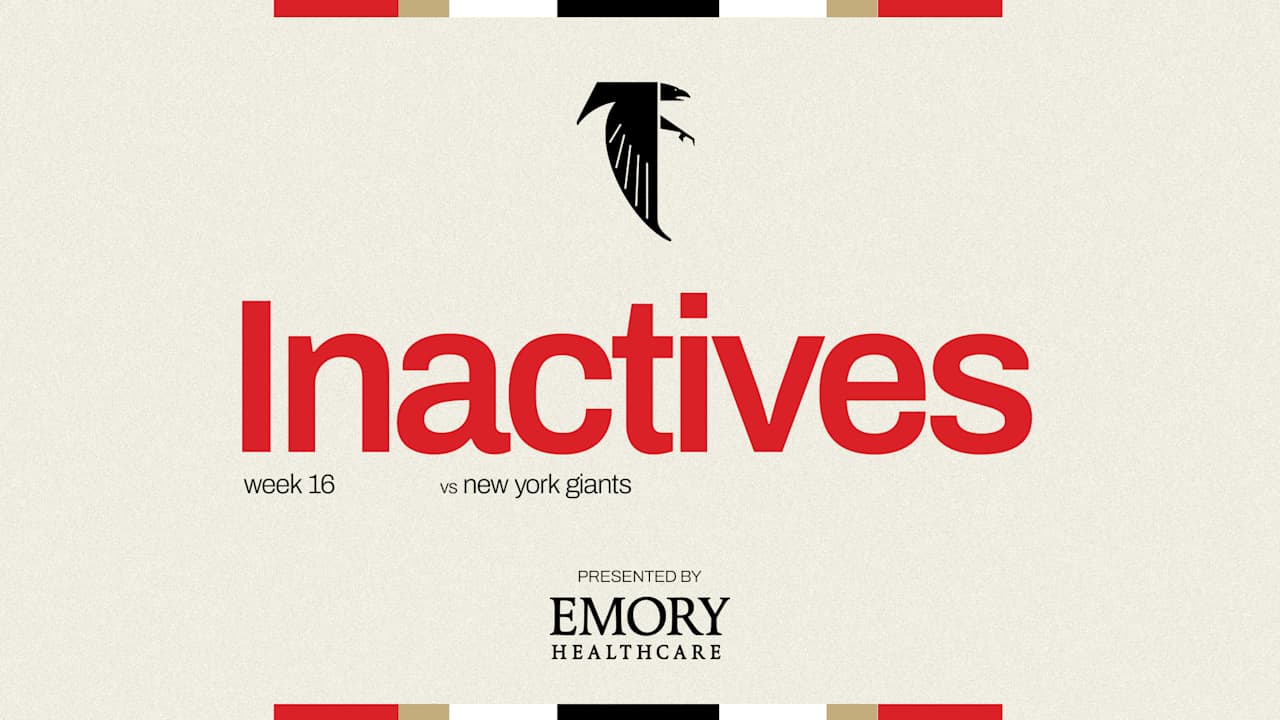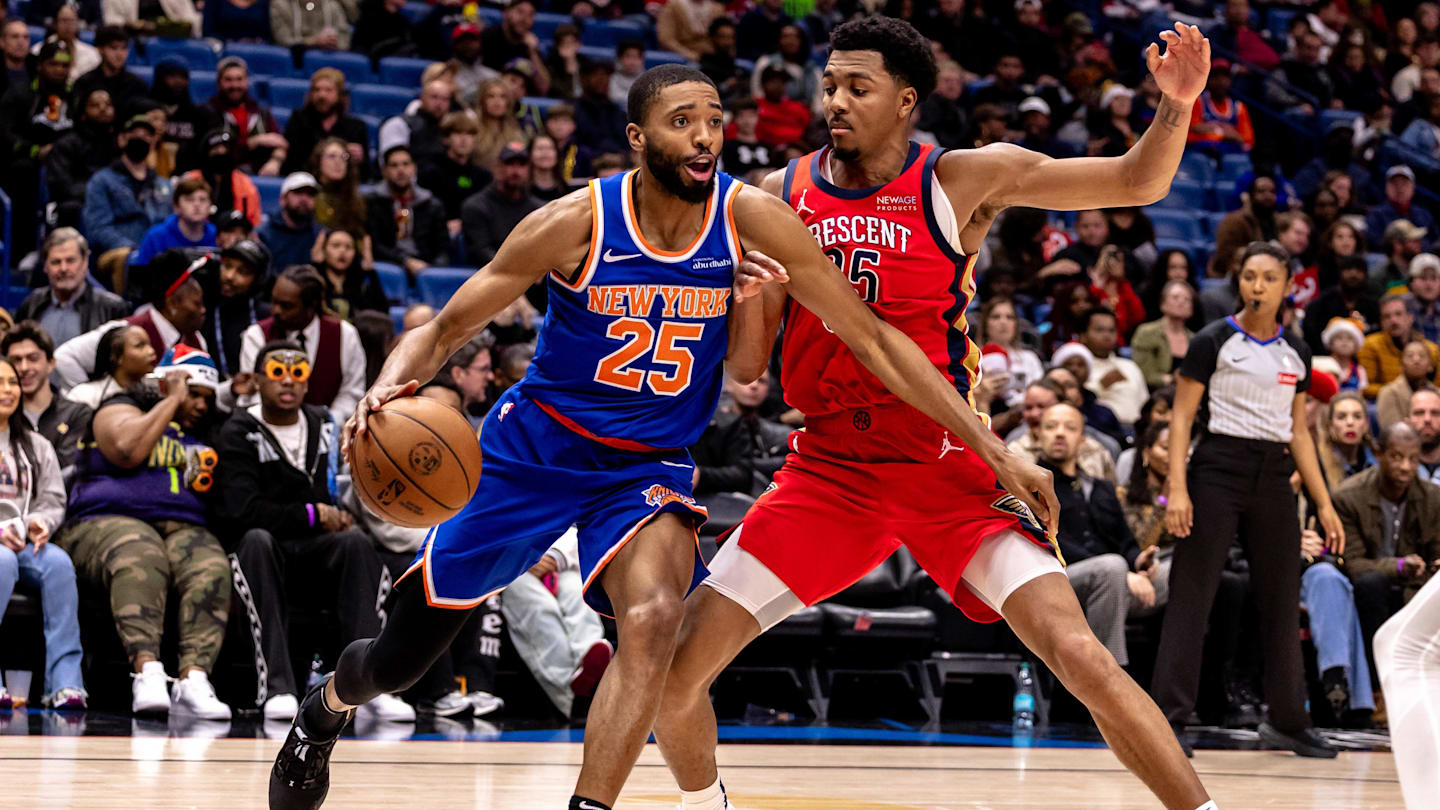World
Uptick in coyote sightings alarms New Yorkers as wildlife return to the Bronx

Officials are urging calm in a New York City neighborhood after it became alarmed by an increase in sightings of coyotes.
Over the summer, residents around Claremont Park in New York’s Bronx borough say that they have seen an uptick in coyotes, leaving some park-goers scared for their safety and that of their pets.
The New York City parks and recreation department says that coyotes are common throughout the state, including urban areas. Recent sightings are merely confirmation that coyotes live in New York City and are active in the Bronx, too.
In a statement to local news station WPIX, the department said this week that the sightings in Claremont Park are “no reason to believe the coyotes in question are unhealthy or pose a threat to human safety”.
“However, as with all wild animals, we advise everyone to keep their distance and avoid close contact,” the statement said.
Coyotes have been present in New York since the 1930s, officials say. Some coyotes moved into the Bronx in the 1990s.
Now, some of the younger coyote generations have started branching out into other boroughs like Queens. In April, a coyote was spotted in Central Park in Manhattan.
Formerly, coyotes were residents of the Great Plains and south-west, experts say. But over time, in part in response to human-driven changes and development to the land and their habitats, coyotes have expanded across the US.
“The barrier between the wild and the civilized is disappearing almost entirely,” Dr Colin Jerolmack, a sociology and environmental studies professor at New York University, told the Gothamist in 2022 while discussing increased coyote sightings in the city.
According to the New York State Department of Environmental Conservation, coyotes – though commonly believed to live only in the more rural or wild parts of New York – adapt well to living close to people.
“As unlikely as it may seem, human development makes surprisingly good coyote habitat,” the department states on its website. “The abundant food supply for coyotes makes living close to people possible.”
Keith Lovett, the director of animal programs at the Bronx Zoo, told WPIX that in the last several decades, more trees and greenery have been added in the Bronx. He said that the growing greenery in the city helps animals, like coyotes, adapt even more to an urban setting.
“As the city is devoted to making more and more green spaces, by default they’re making more habitat for wildlife,” Lovett said. “In this case, they’re making habitat for coyotes.”
As of October last year, researchers estimated that there were about 20 coyotes in New York City, according to the New York Times. And experts say that due to coyotes being so territorial, there is only enough room for about 30 adult coyotes to be in New York City.
New York City officials suggest that people do not feed the coyotes, as this can cause them to lose their natural hunting instincts and cause the animals to associate humans with food.
Authorities also suggest keeping a distance, storing all garbage in animal proof containers and walking dogs on leashes. If approached by a coyote, officials suggest making loud noises, putting one’s arms up and making oneself look bigger.
“Seeing a coyote for the first time can be an exhilarating or an alarming experience,” the New York City parks and recreation department said. “If you see a coyote, do not panic. Most coyotes are not dangerous to people.”










